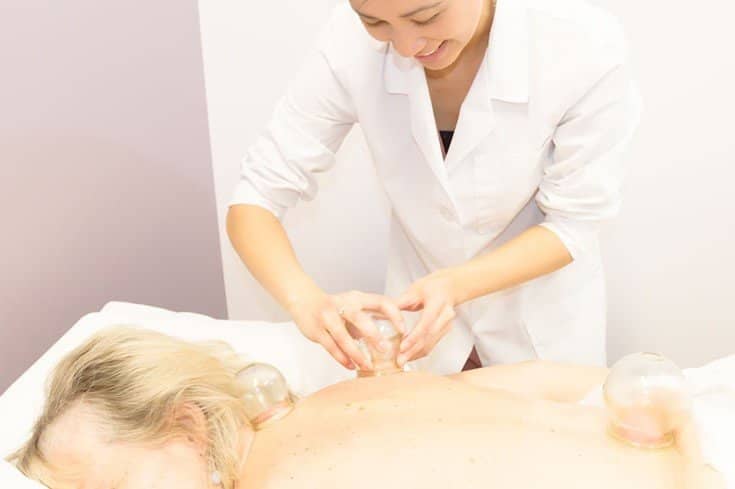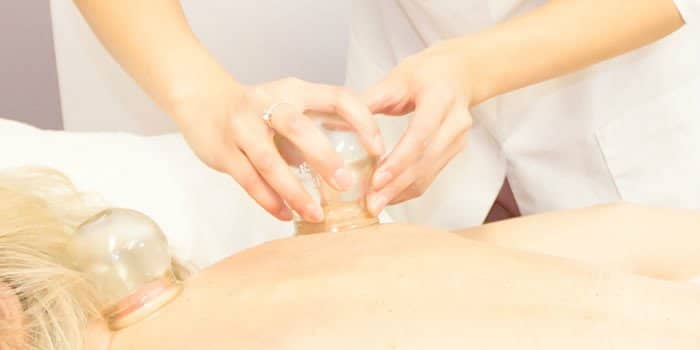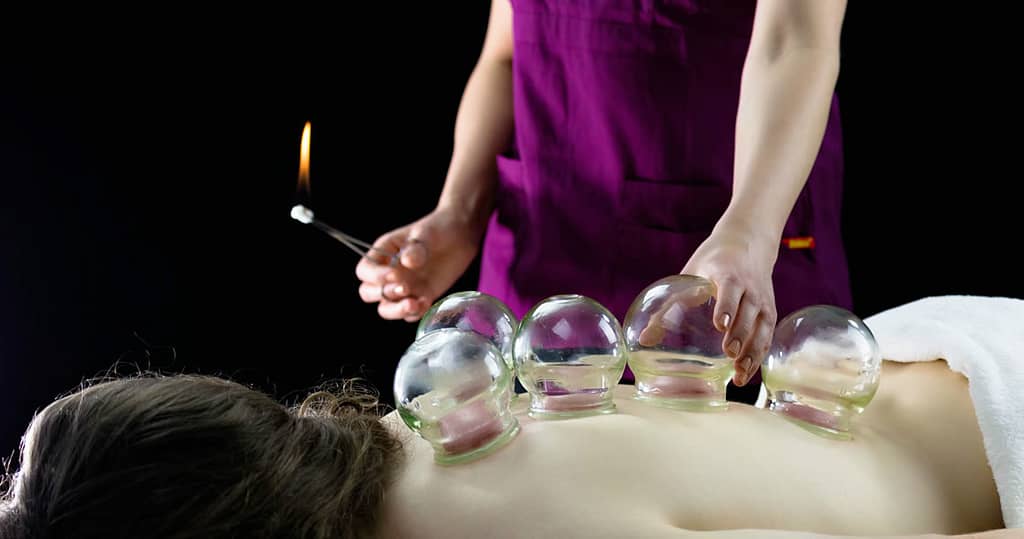Who is A good Candidate for Hijama Therapy?
Hijama Therapy, also known as wet cupping, offers long-lasting therapeutic effects and is a valuable treatment option for various conditions. However, it is crucial to identify the indications and considerations that determine whether an individual is a suitable candidate for this therapy. By understanding the specific criteria, we can determine who can benefit the most from Hijama Therapy and ensure optimal treatment outcomes.
Indications for Hijama Therapy:
- Sharp Fixed Pain: Wet cupping is particularly beneficial for sharp fixed pain that is localized and worsens with pressure. Whether it is an acute injury or chronic discomfort, this therapy can help alleviate pain and promote healing.
- Vascular Congestion: Visible signs of vascular congestion, such as spider veins on the extremities, indicate a potential benefit from Hijama Therapy. By improving blood circulation, this therapy can address vascular congestion and promote healthier blood flow.
- Purple Tongue and Swollen Sublingual Veins: These indicators suggest systemic blood stagnation. Hijama Therapy can help remove stagnation, enhance blood flow, and restore balance to the body.
- Purple Lips, Nails, Gums: Similar to the previous indicators, the presence of purple lips, nails, and gums signifies potential systemic blood stagnation. Hijama Therapy aims to address this stagnation and promote healthier blood circulation.
- Dry, Rough, Scaly Skin: This condition can be an indication of blood deficiency or blood stasis. Hijama Therapy can help improve blood flow and address underlying imbalances to promote healthier skin.
- Skin Tags and Moles: The presence of skin tags and moles may indicate blood stasis or phlegm accumulation. Hijama Therapy can aid in reducing these accumulations and restoring balance to the body.
- Slow Healing Wounds: Slow wound healing can be indicative of blood stasis or blood deficiency. Hijama Therapy stimulates blood circulation and enhances the delivery of nutrients to promote faster healing.
- Nail Pathologies: Nail-related issues, such as discoloration or abnormalities, can be associated with blood stasis or blood deficiency. Hijama Therapy supports blood flow and addresses underlying imbalances, potentially improving nail health.
- Skin Discoloration: Pale skin may indicate deficiency due to cold or blood deficiency, while redness can suggest excess due to heat or deficiency heat. Hijama Therapy aims to restore balance and improve overall complexion.
- Numbness and Tingling Sensations: These sensations may be linked to blood stasis or blood deficiency. By enhancing blood flow and addressing underlying imbalances, Hijama Therapy can potentially alleviate numbness and tingling.
Considerations for Hijama Therapy:
While the aforementioned indications provide a general framework, it is crucial to consult a qualified practitioner to assess individual suitability for Hijama Therapy. Each person’s medical history, current health conditions, and personal circumstances play a significant role in determining whether this therapy is appropriate. A thorough evaluation will ensure the safe and effective application of Hijama Therapy, optimizing treatment outcomes.





